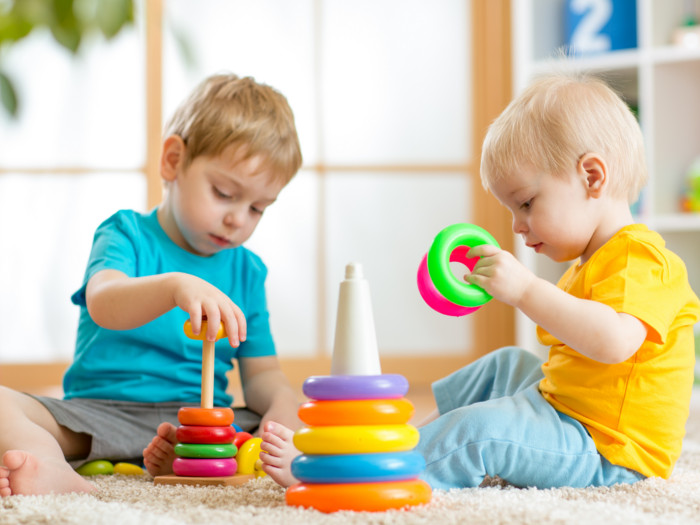Does your child play with second-hand toys? Be careful as second-hand toys could damage your child’s health.
According to a new report published in the Environmental Science and Technology, many used toys do not meet the latest international safety guidelines and may pose a serious health risk to children. [1]
A Dangerous Toy Story
This is the first systematic investigation of hazardous elements in used plastic toys in the UK. Used toys are usually handed down by families and friends or obtained cheaply from charity stores, flea markets, and the internet. However, while the Toy Safety Directive applies to new products, there is no regulation covering the recycling or resale of older toys.

Researchers from the University of Plymouth conducted an experiment to determine the dangers of toys that were handed down to children. They analyzed 200 used plastic toys which they found in homes, nurseries and charity shops across the South West of England. The toys included cars, trains, construction products, figures, and puzzles. What was common in all of them is that they were of a size that could be chewed by toddlers. The toys did not meet the standards set by the European Council’s Toy Safety Directive.
Toxic Elements Found
Researchers used x-ray fluorescence (XRF) spectrometry to analyze the presence of toxic elements within individual toys and found high concentrations of antimony, barium, bromine, cadmium, chromium, lead, and selenium. These materials pose a risk even at low levels to children’s health when they are exposed to them over a period of time. Furthermore, toys which were typically either yellow, red or black were found to be more toxic.
“With the introduction and refinement of the Toy Safety Directive, the plastics industry has had to take steps to eliminate hazardous elements from new toys. However, consumers should be made more aware of the potential risks associated with small, mouthable and brightly colored old plastic toys or components,” said lead author Dr. Andrew Turner, professor in Environmental Science, Plymouth University in the UK. “Without that, the attractive cost, convenience and recyclability of previously used toys have the potential to create a legacy of chemical contamination for younger children.”
